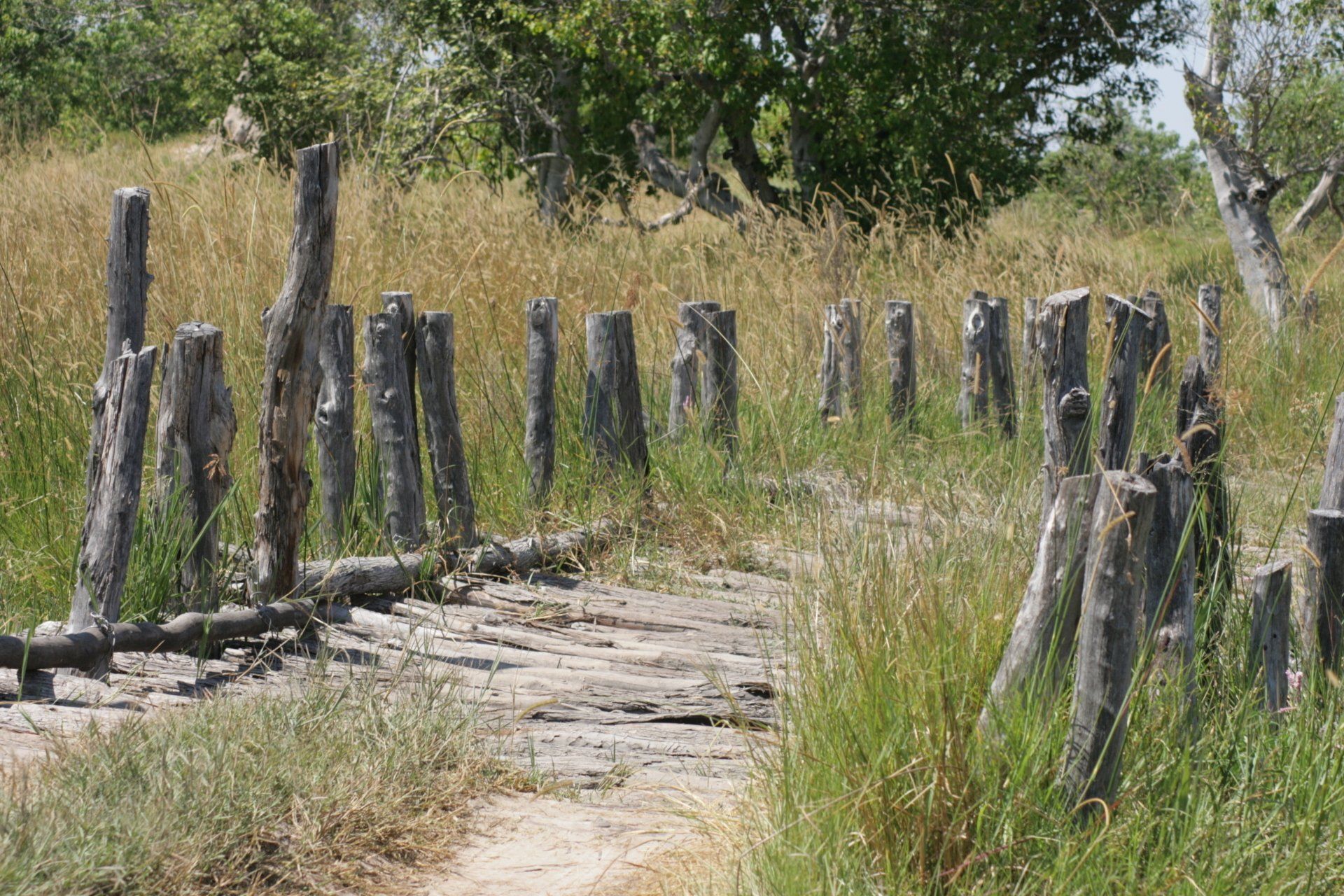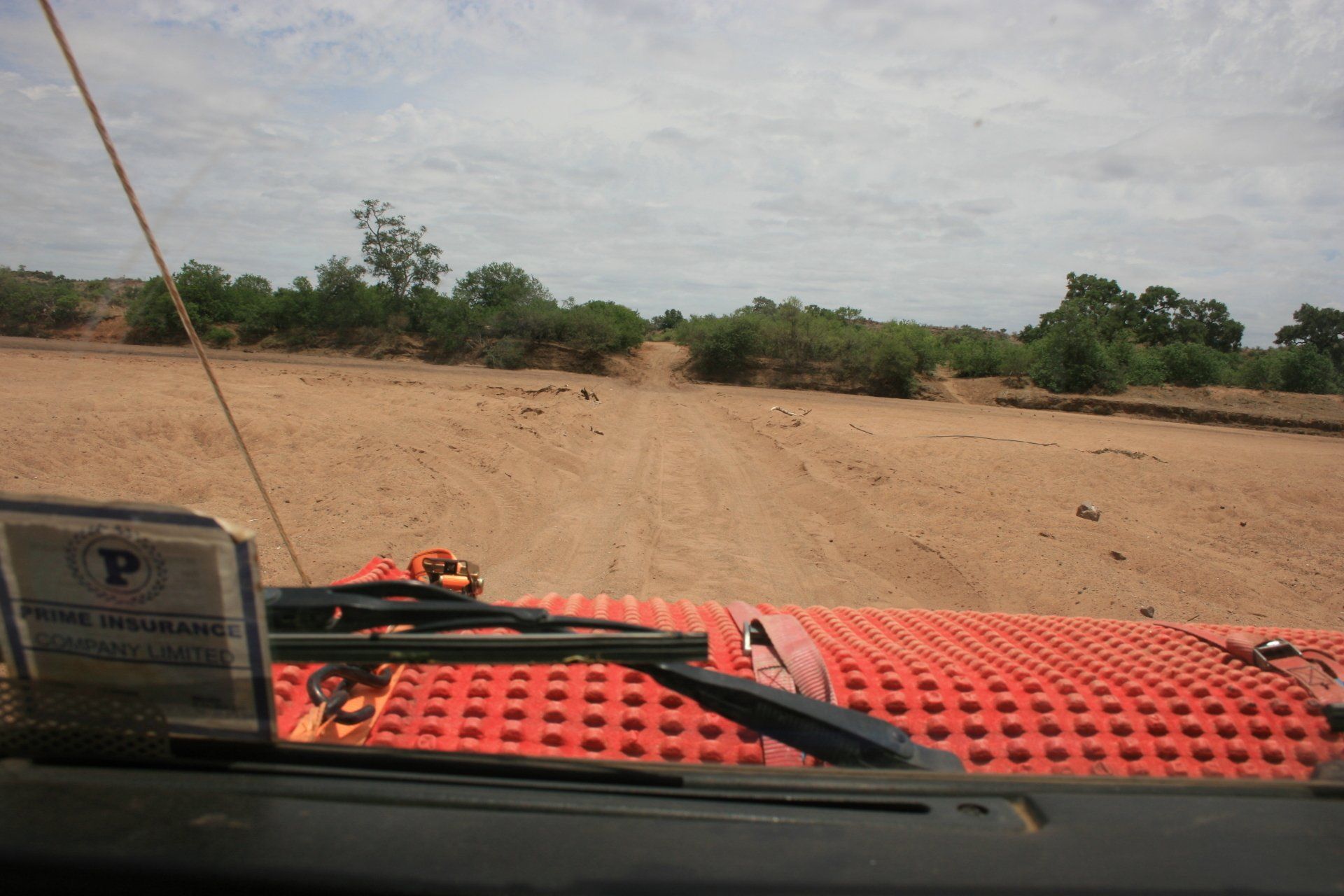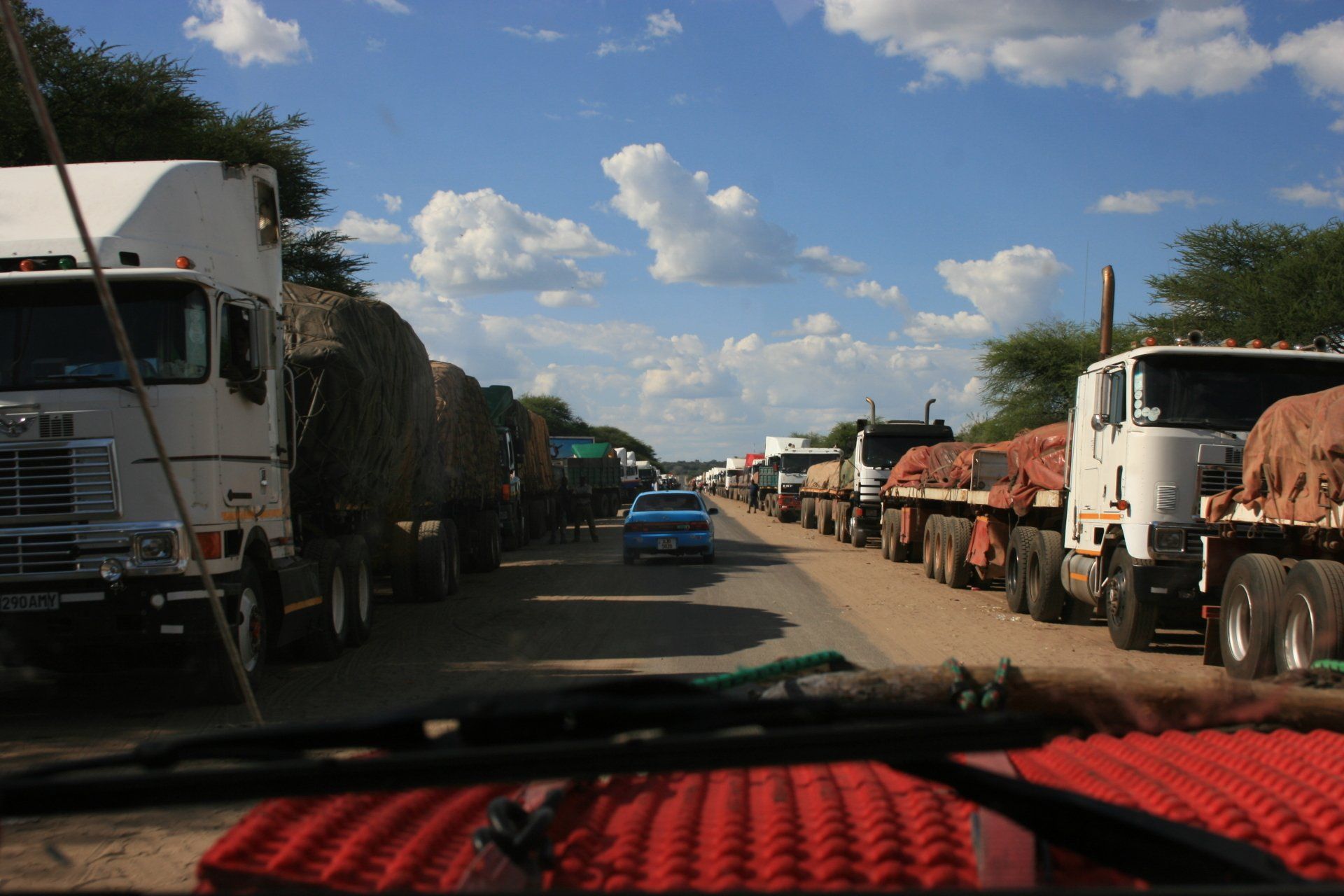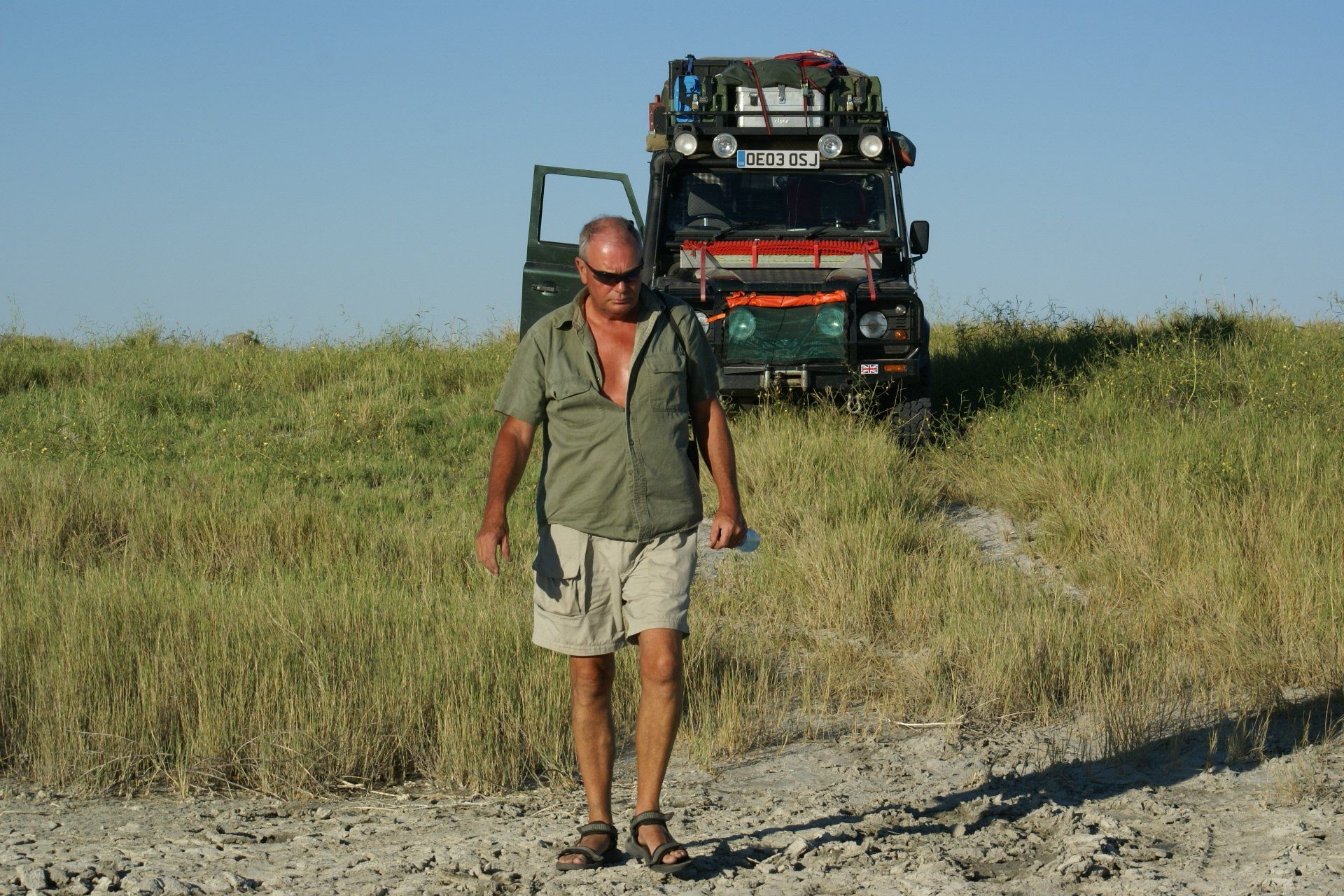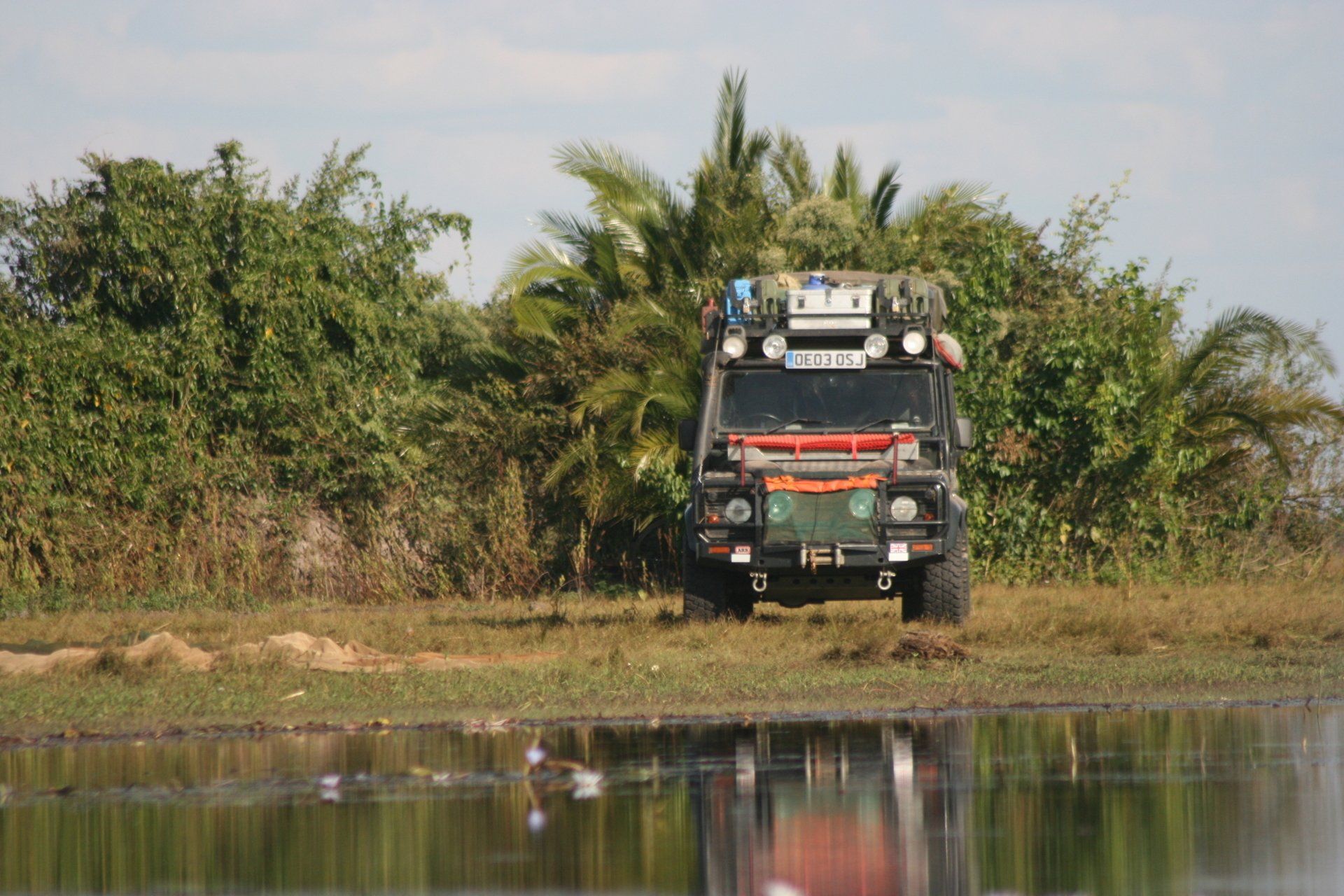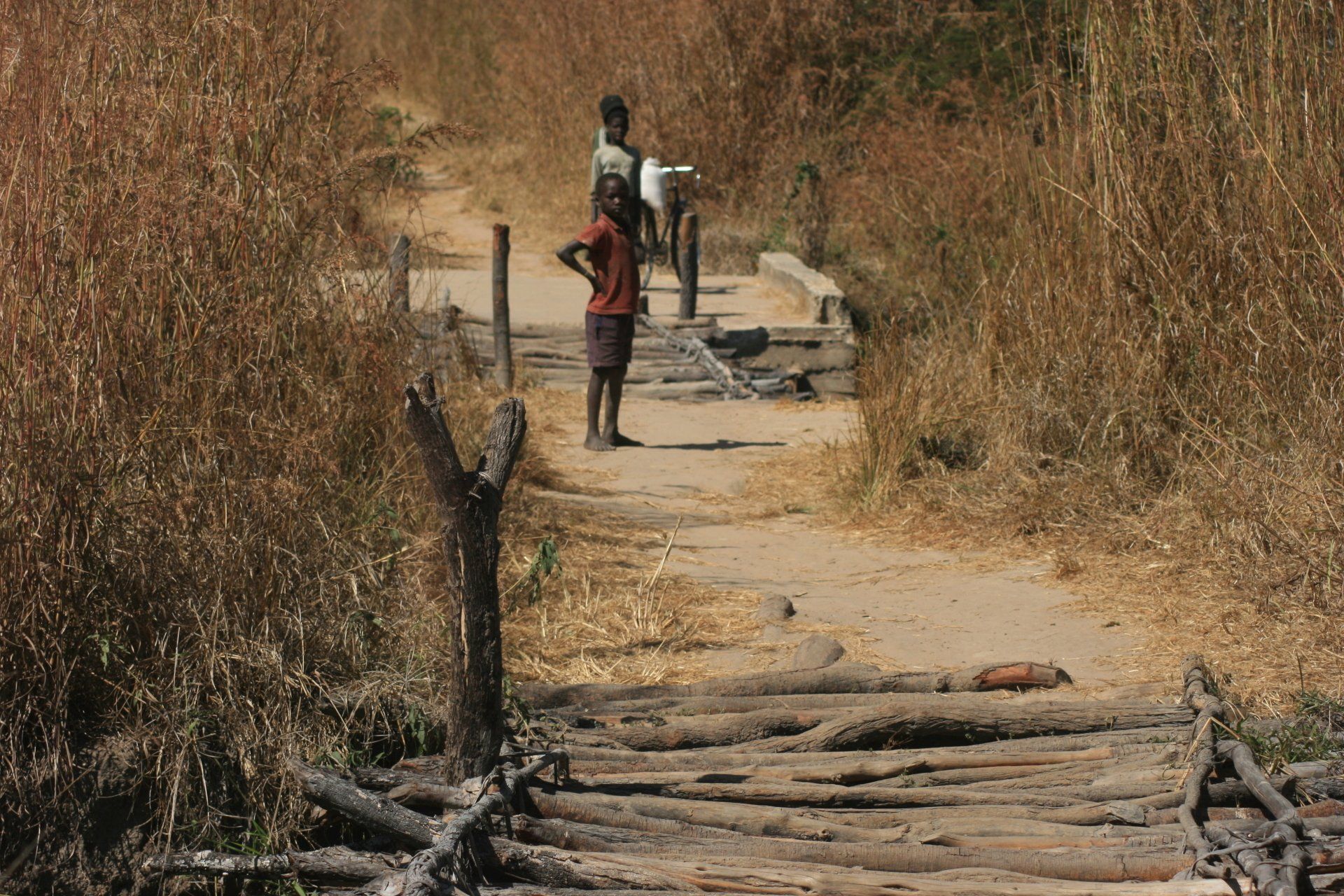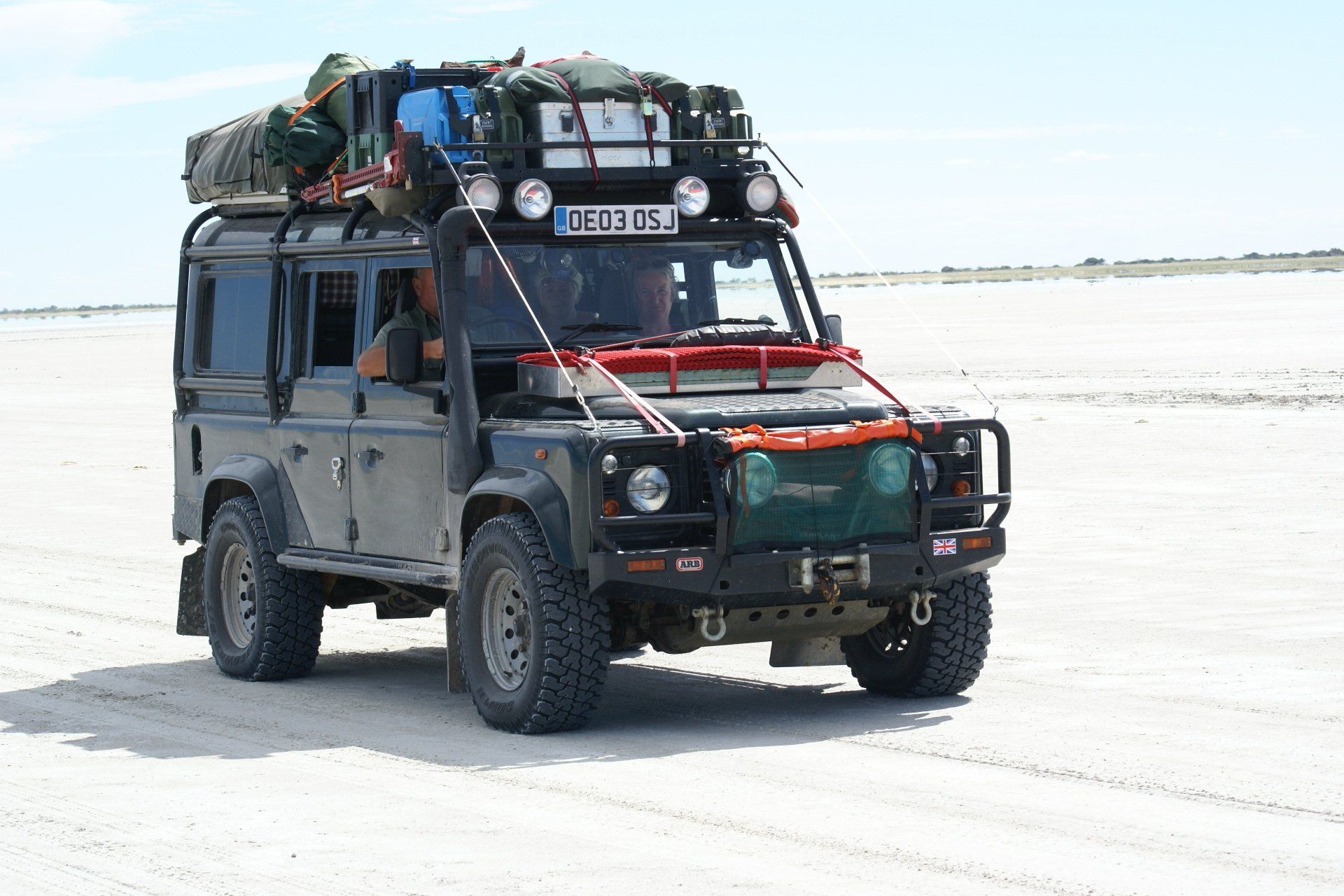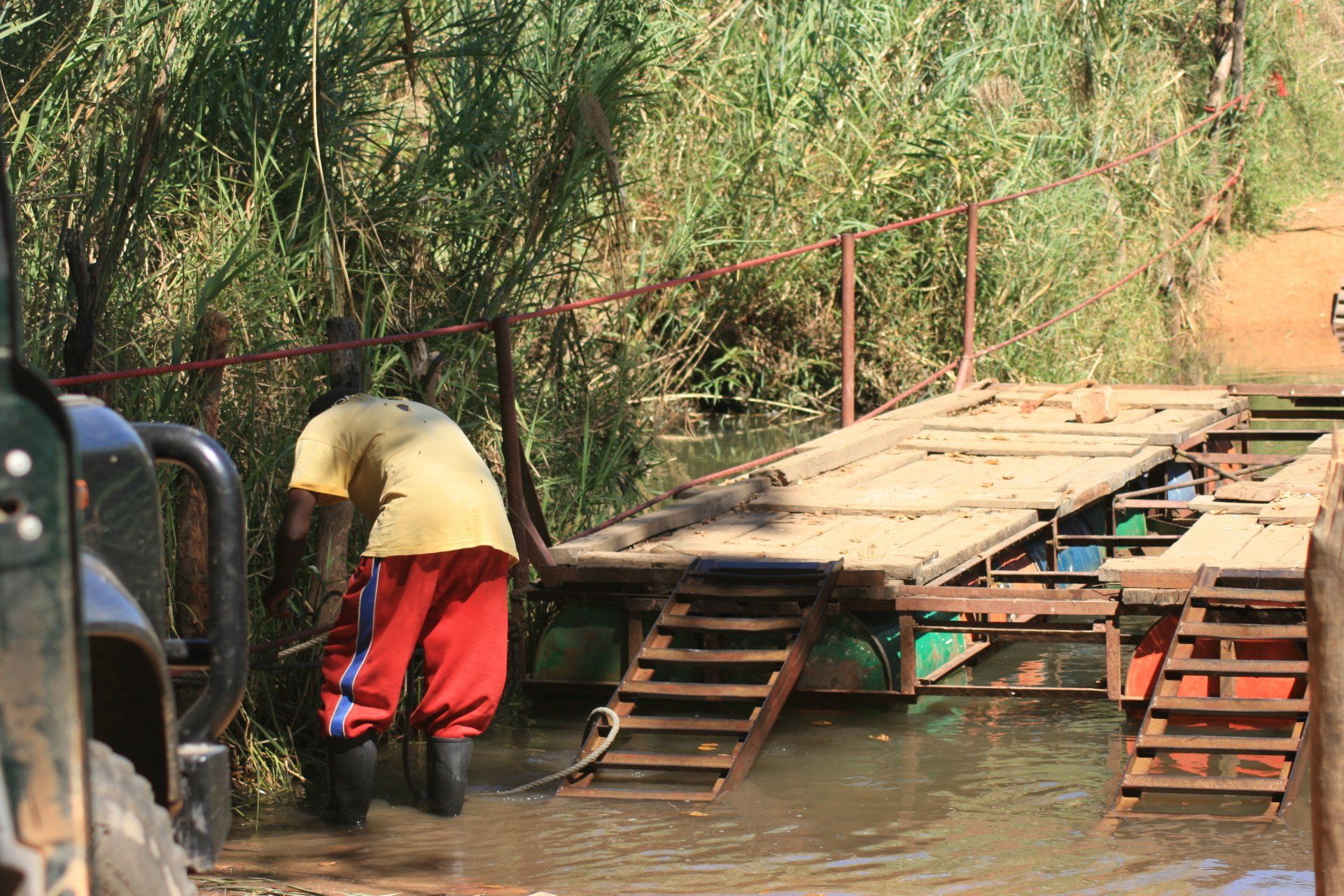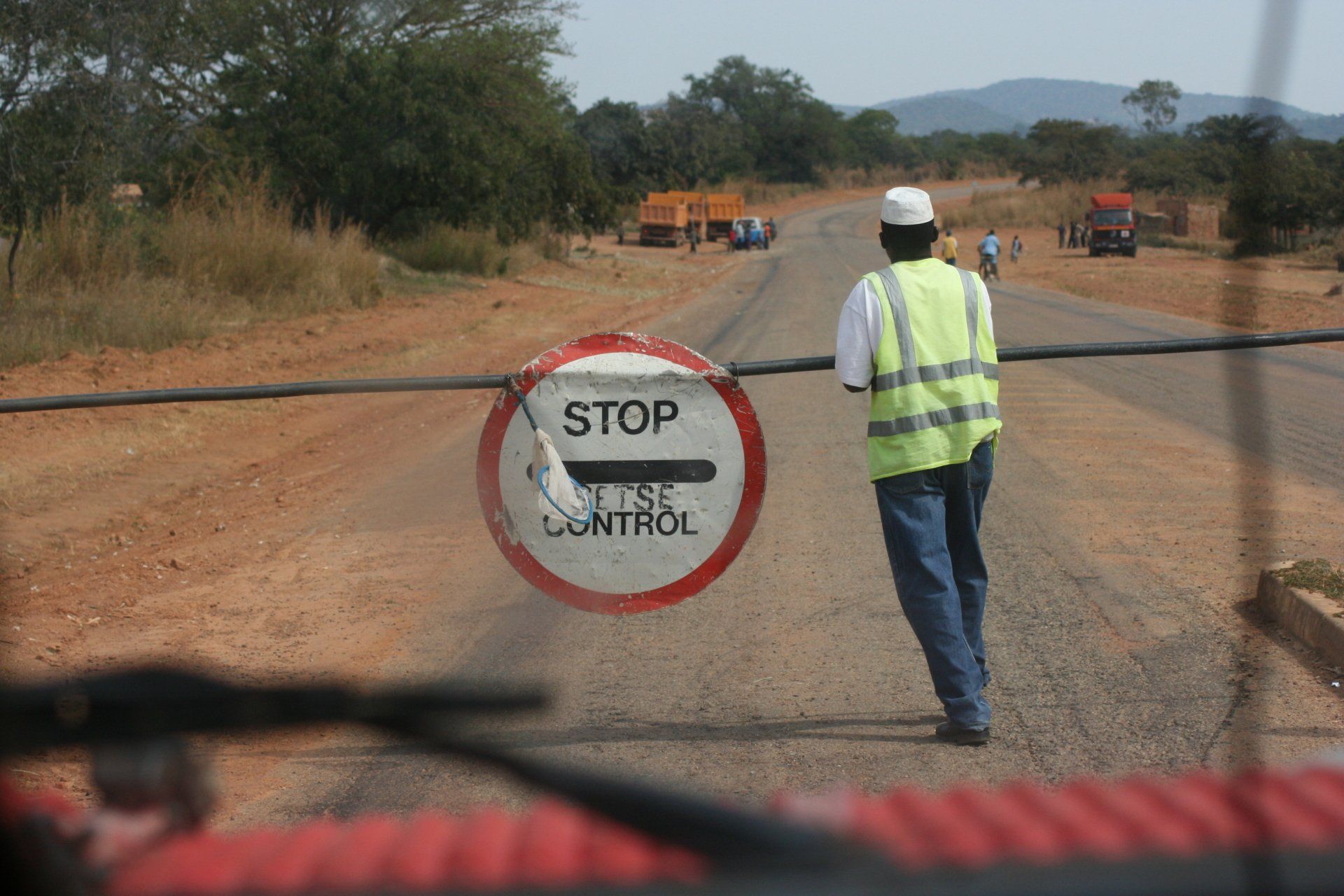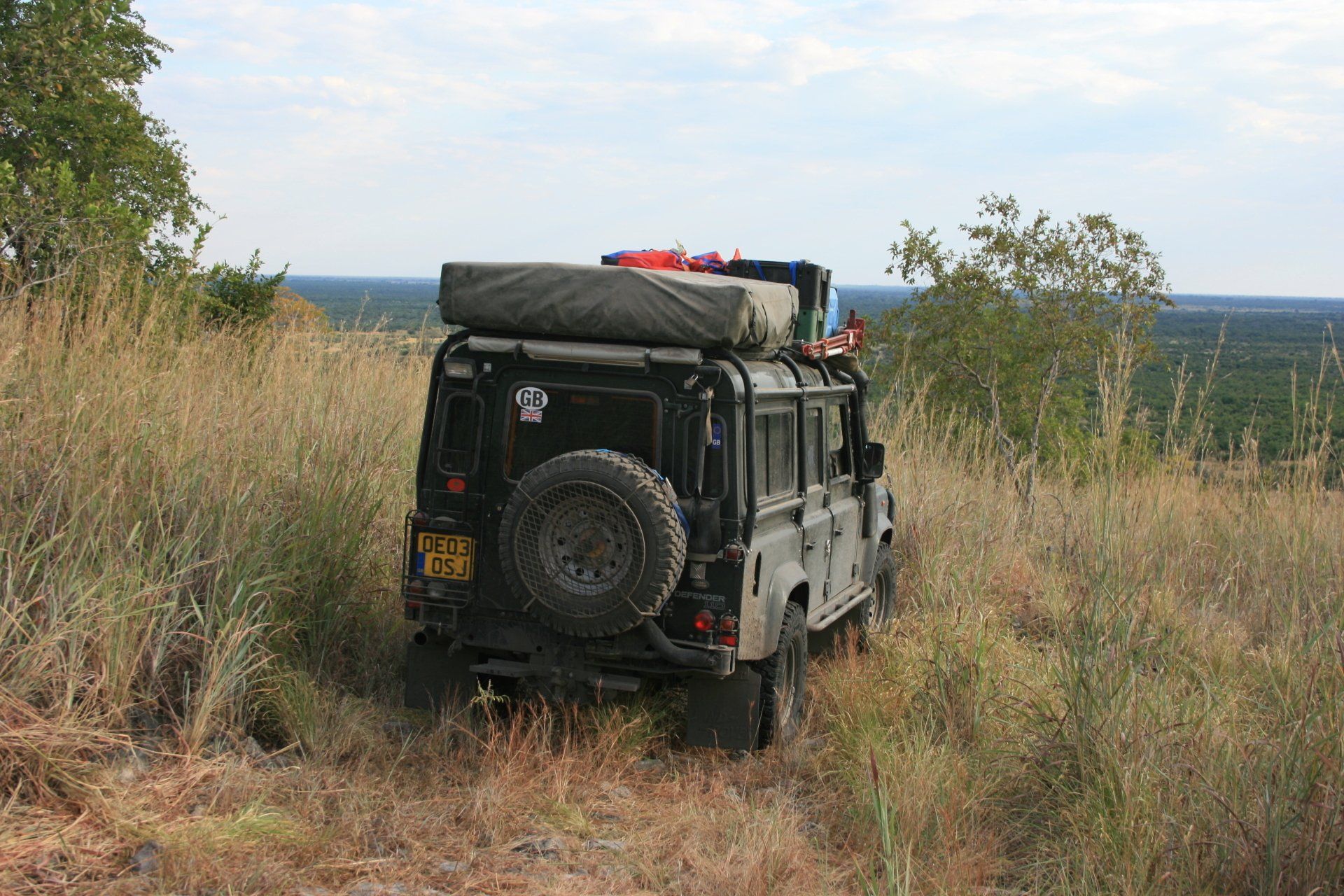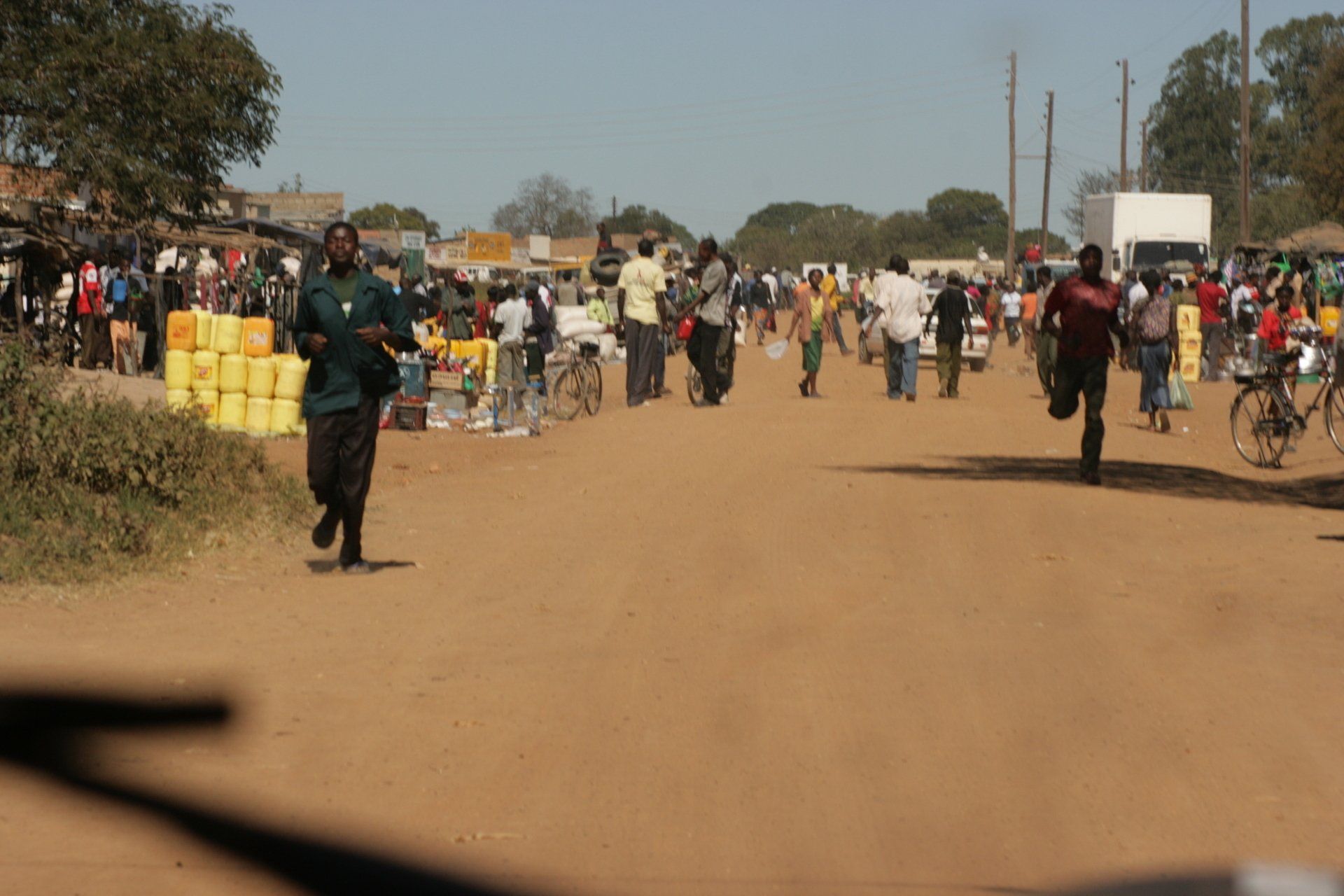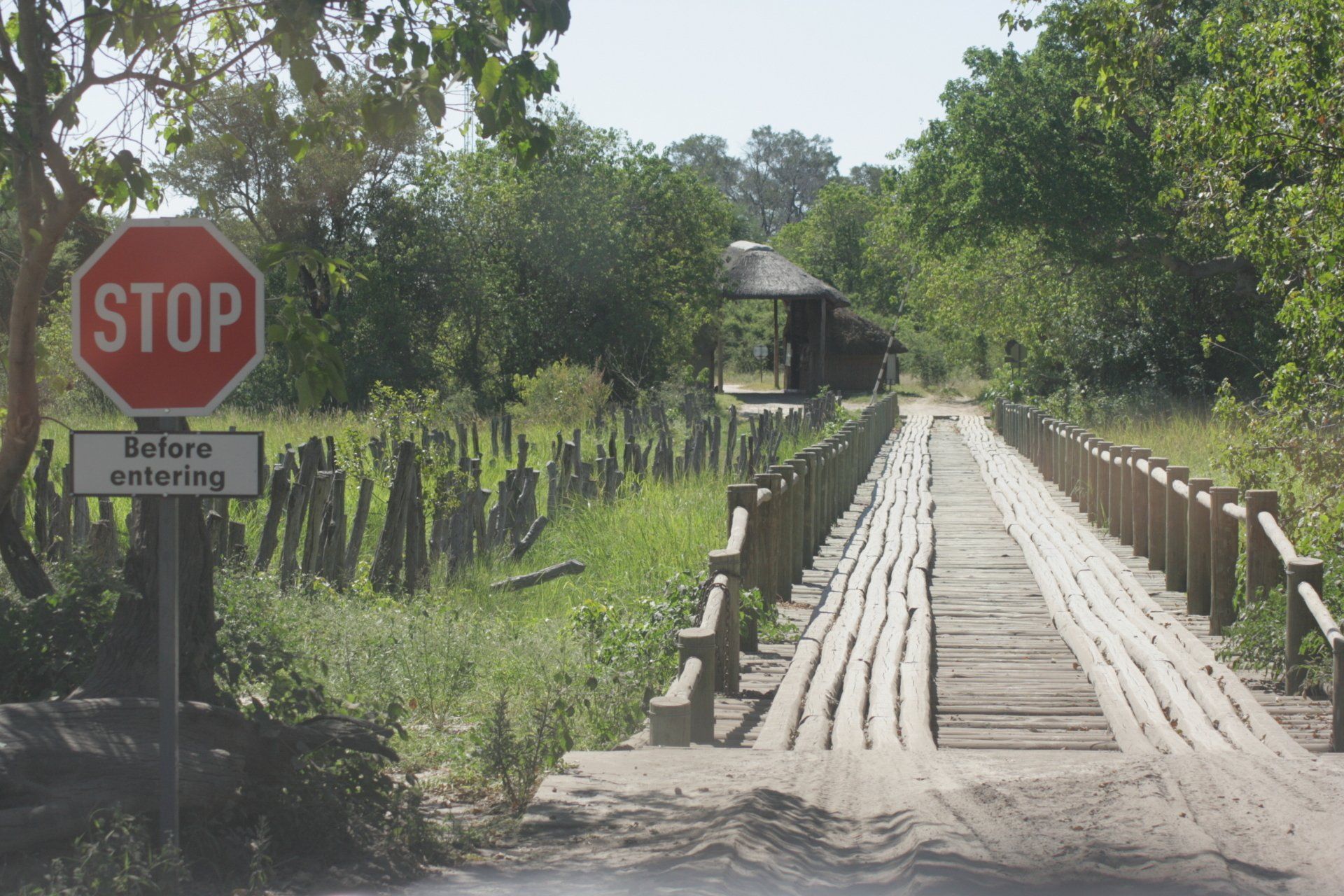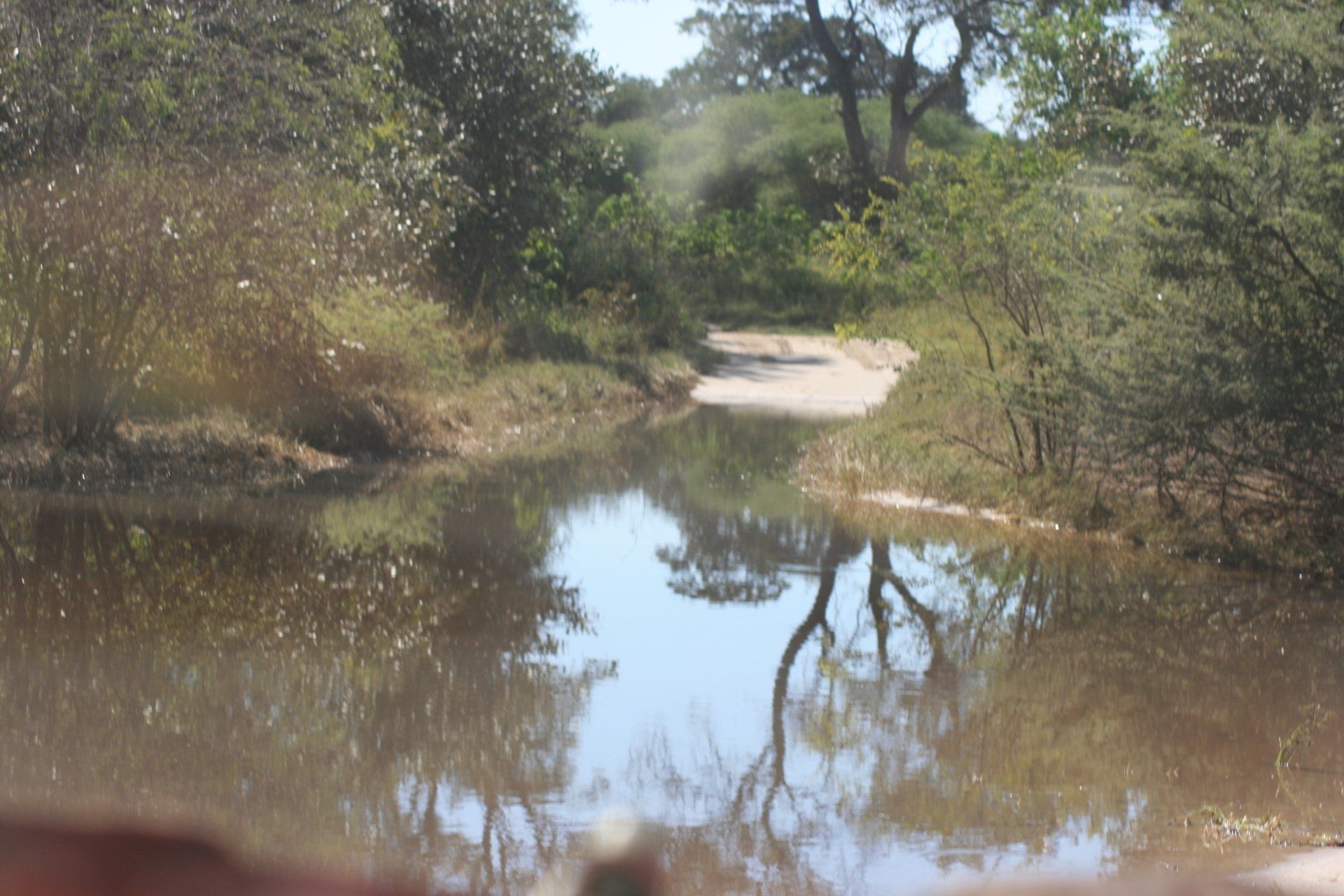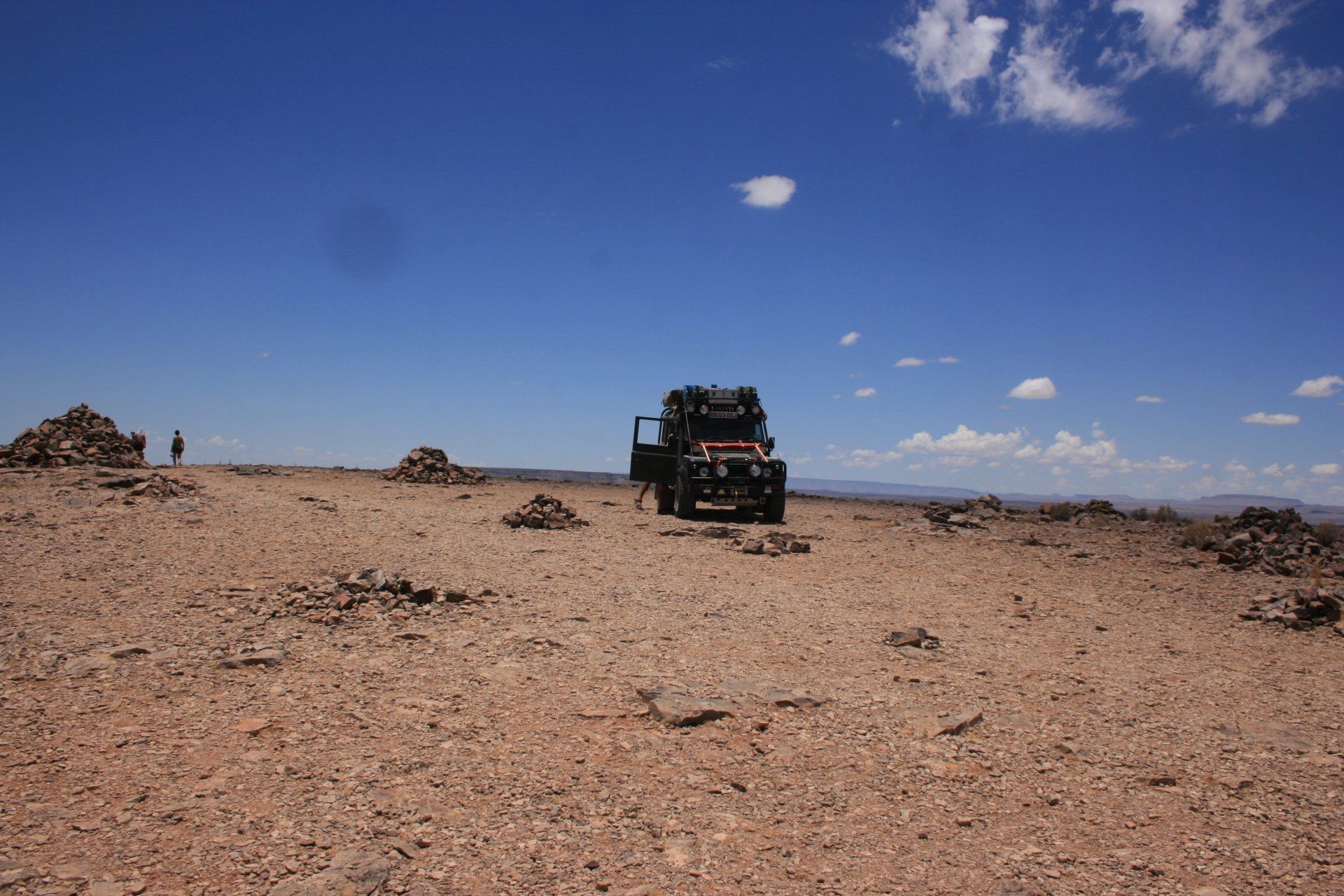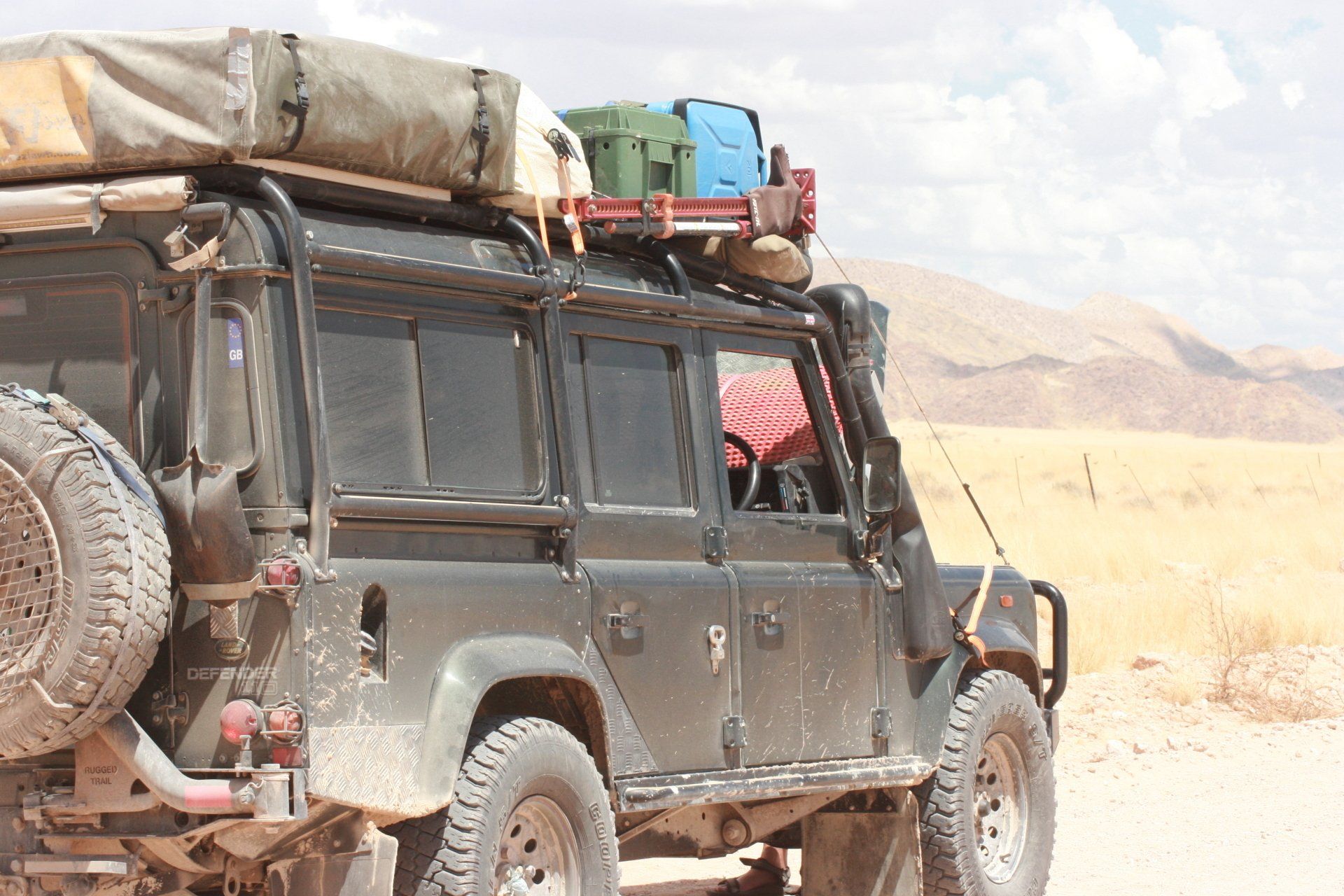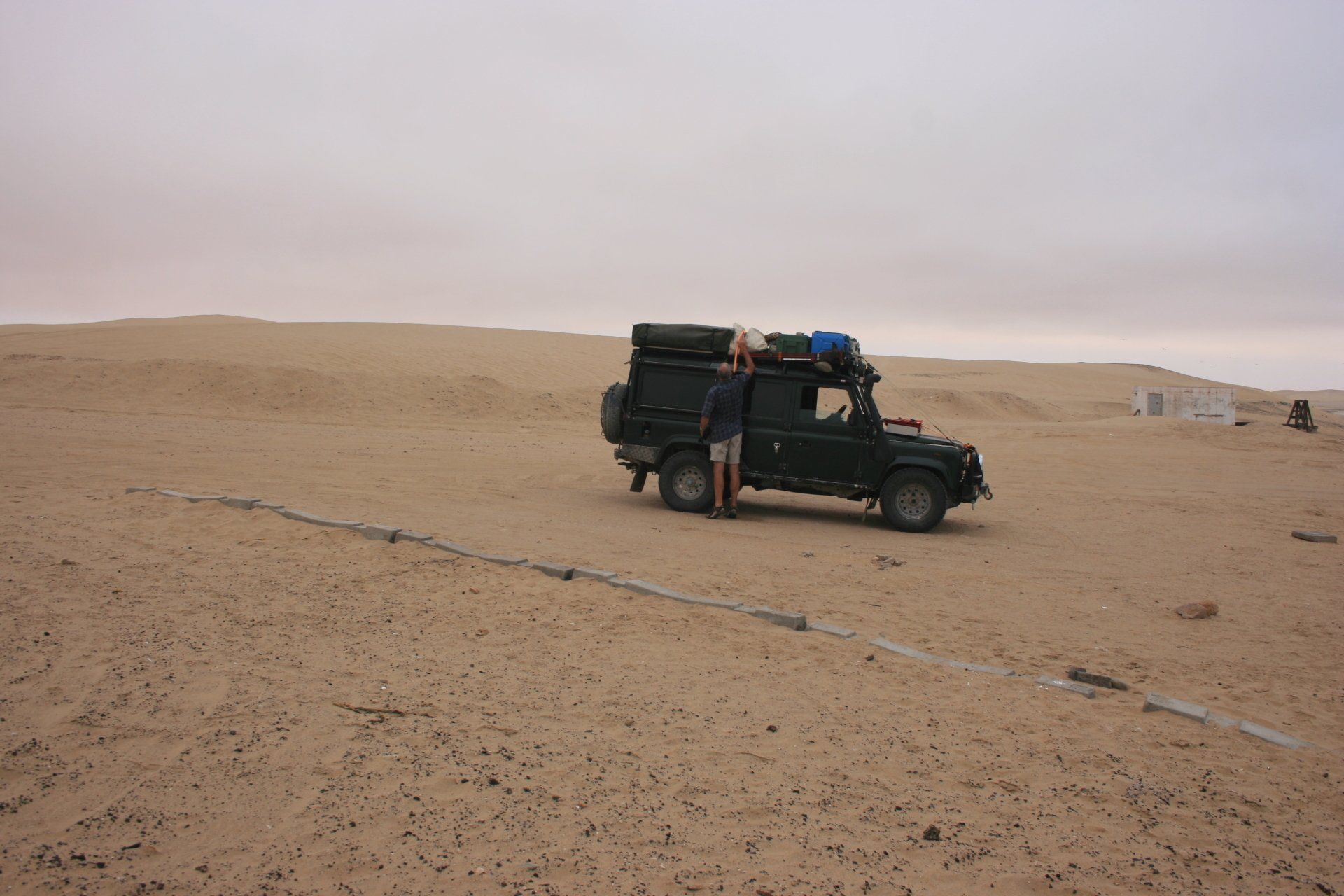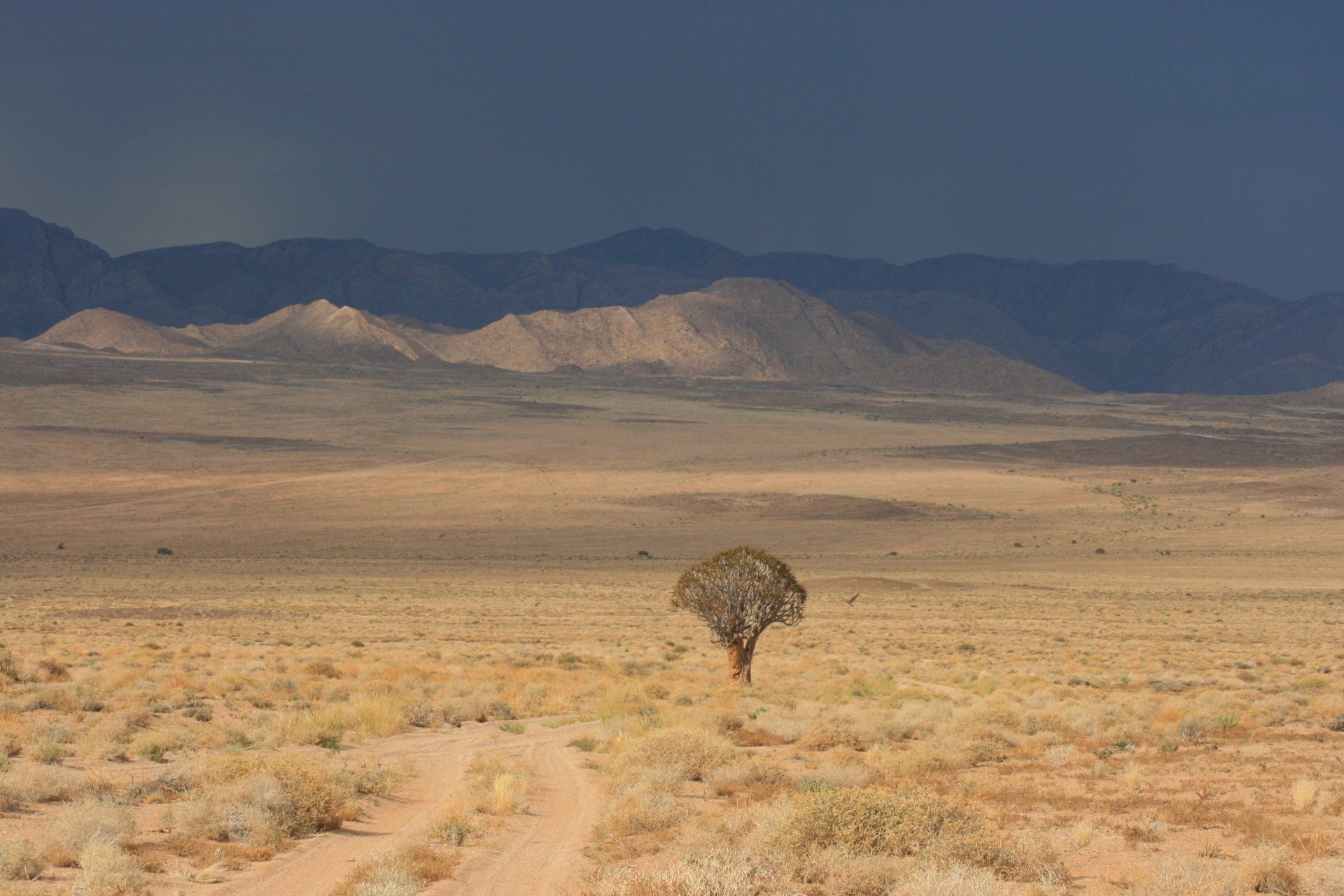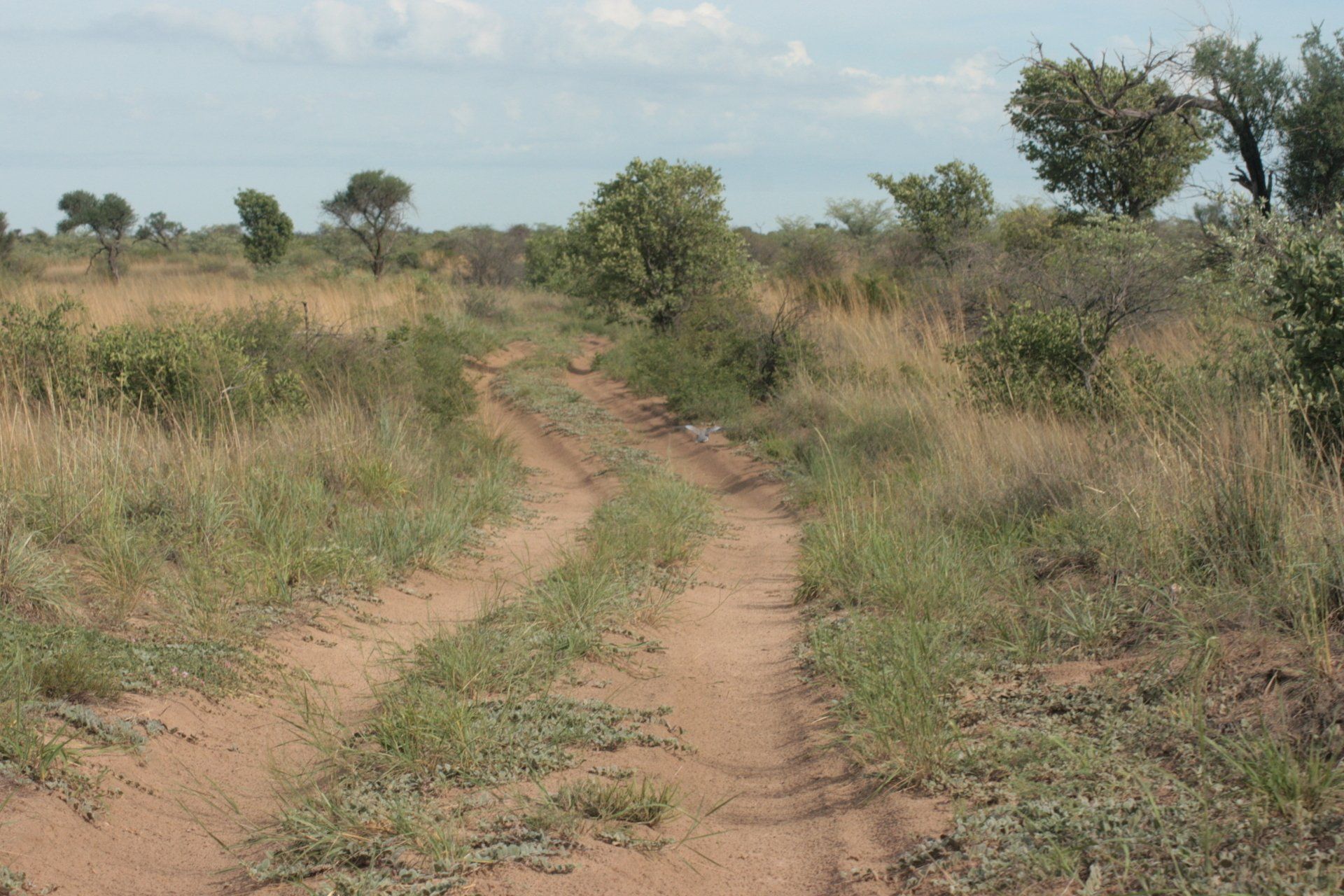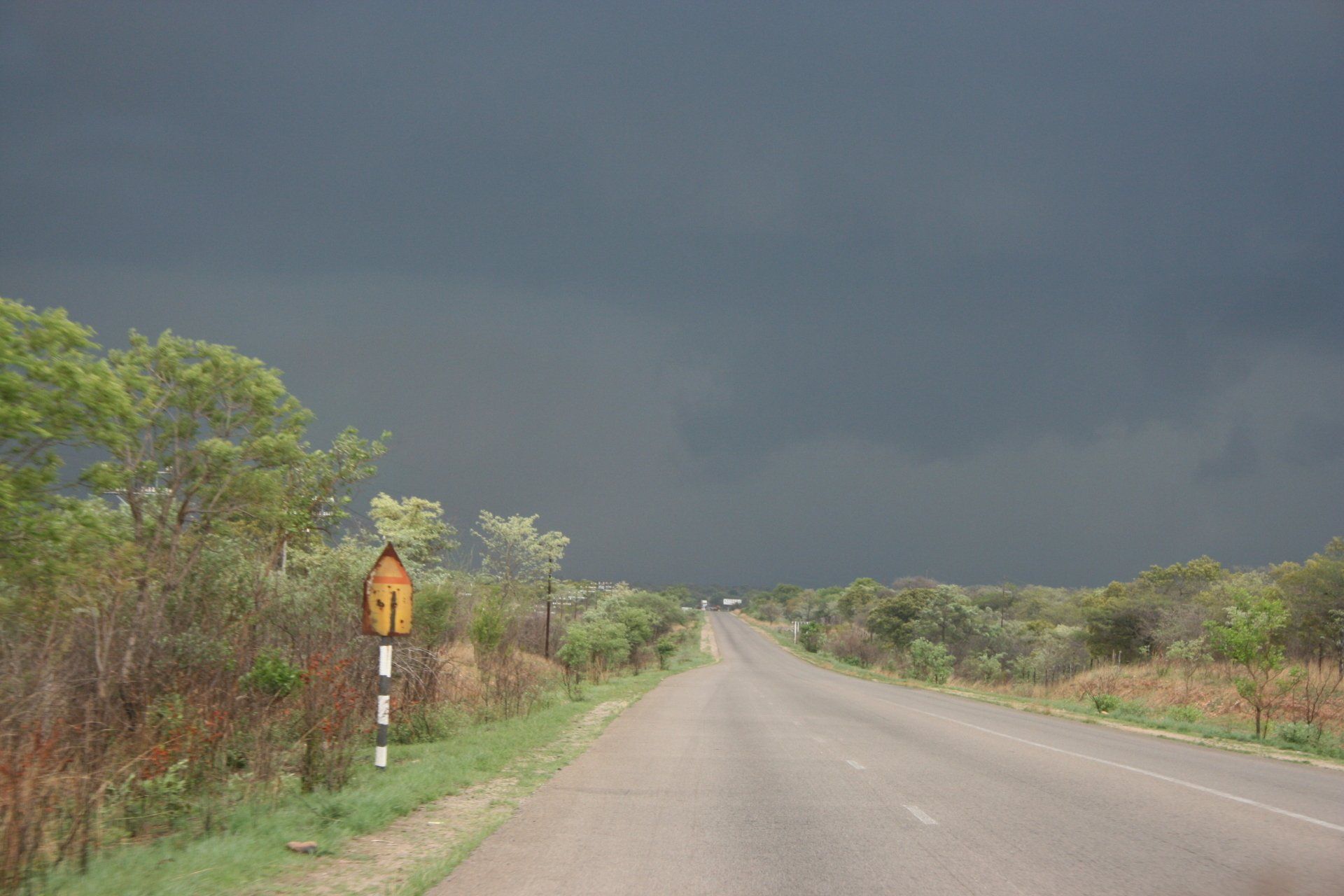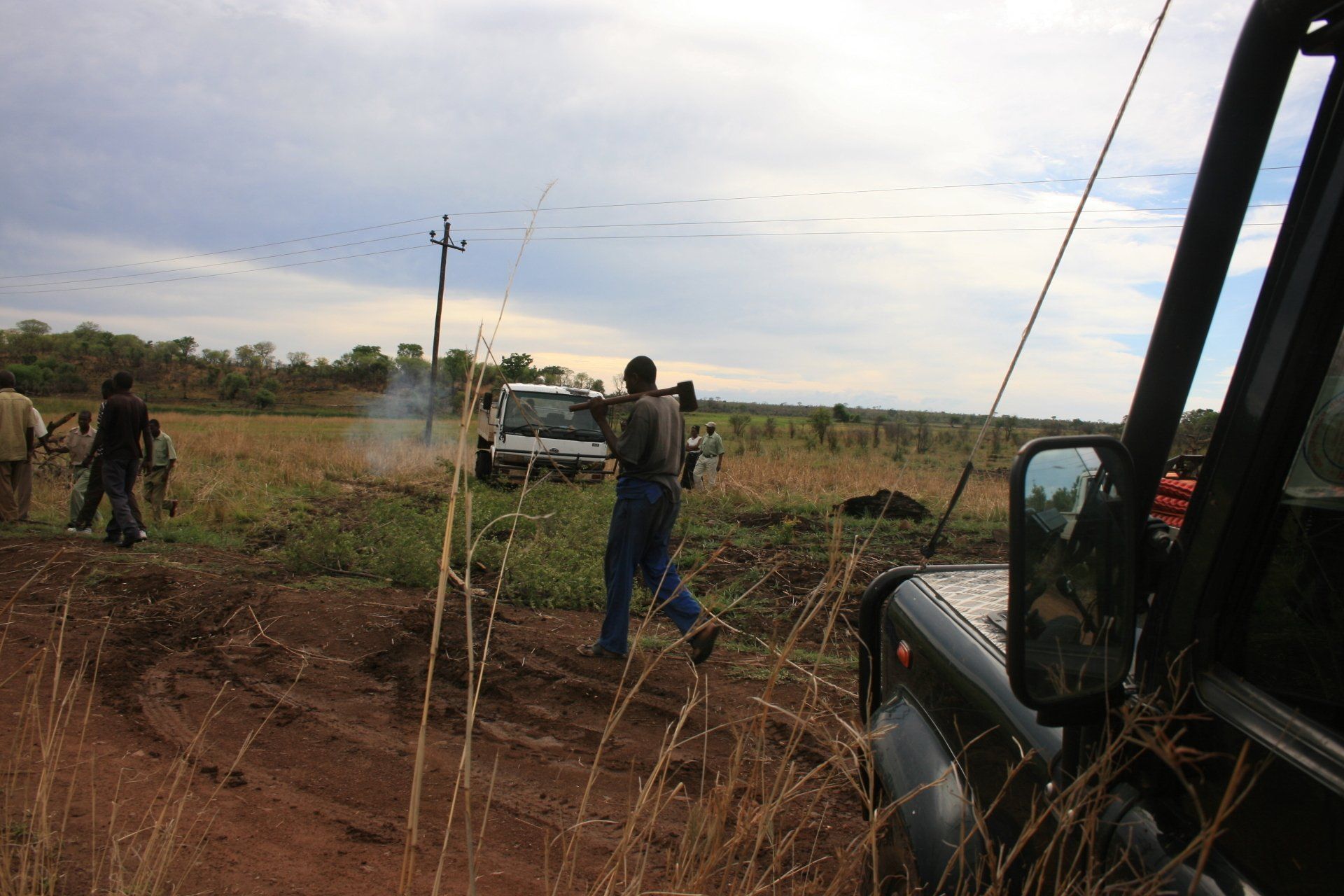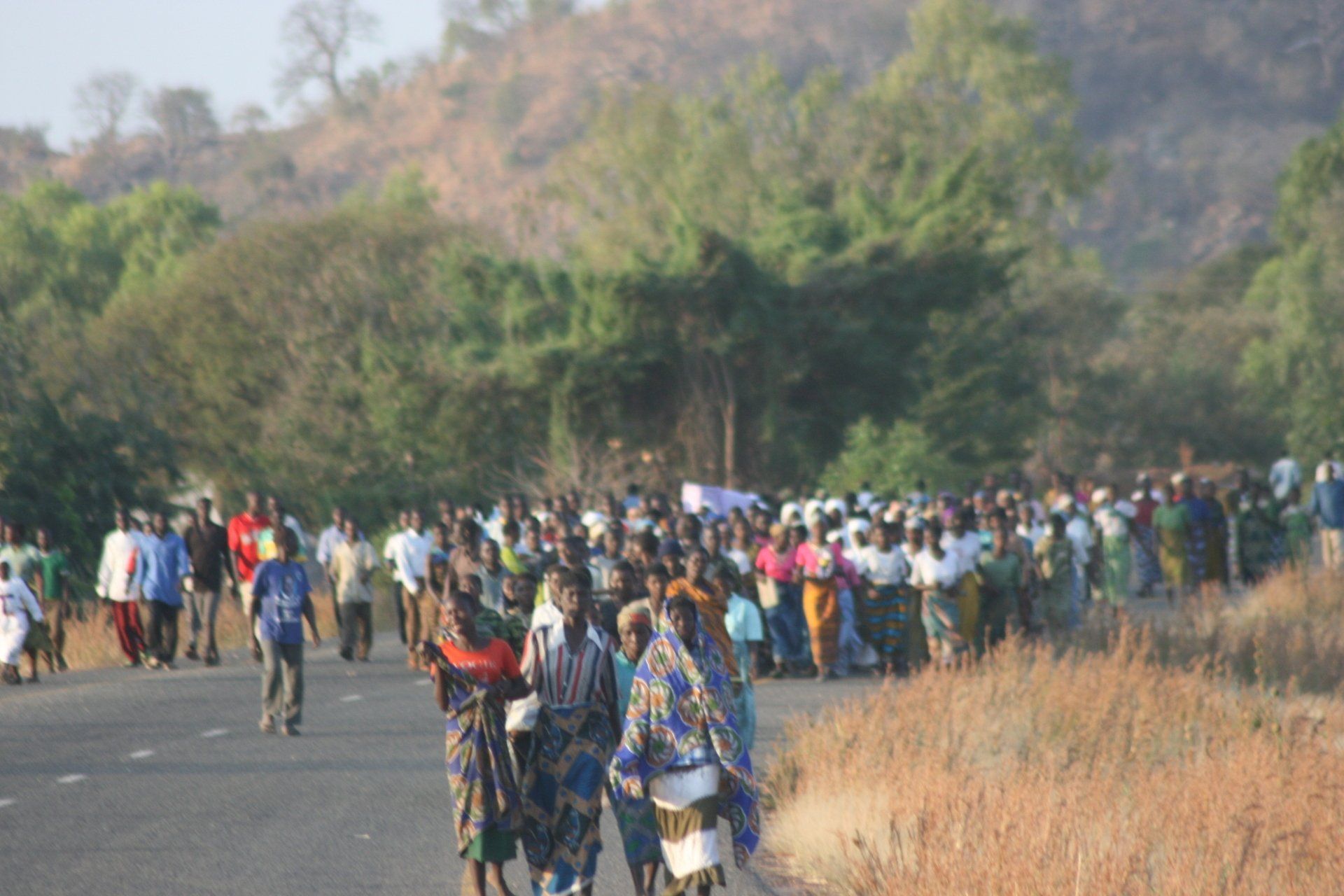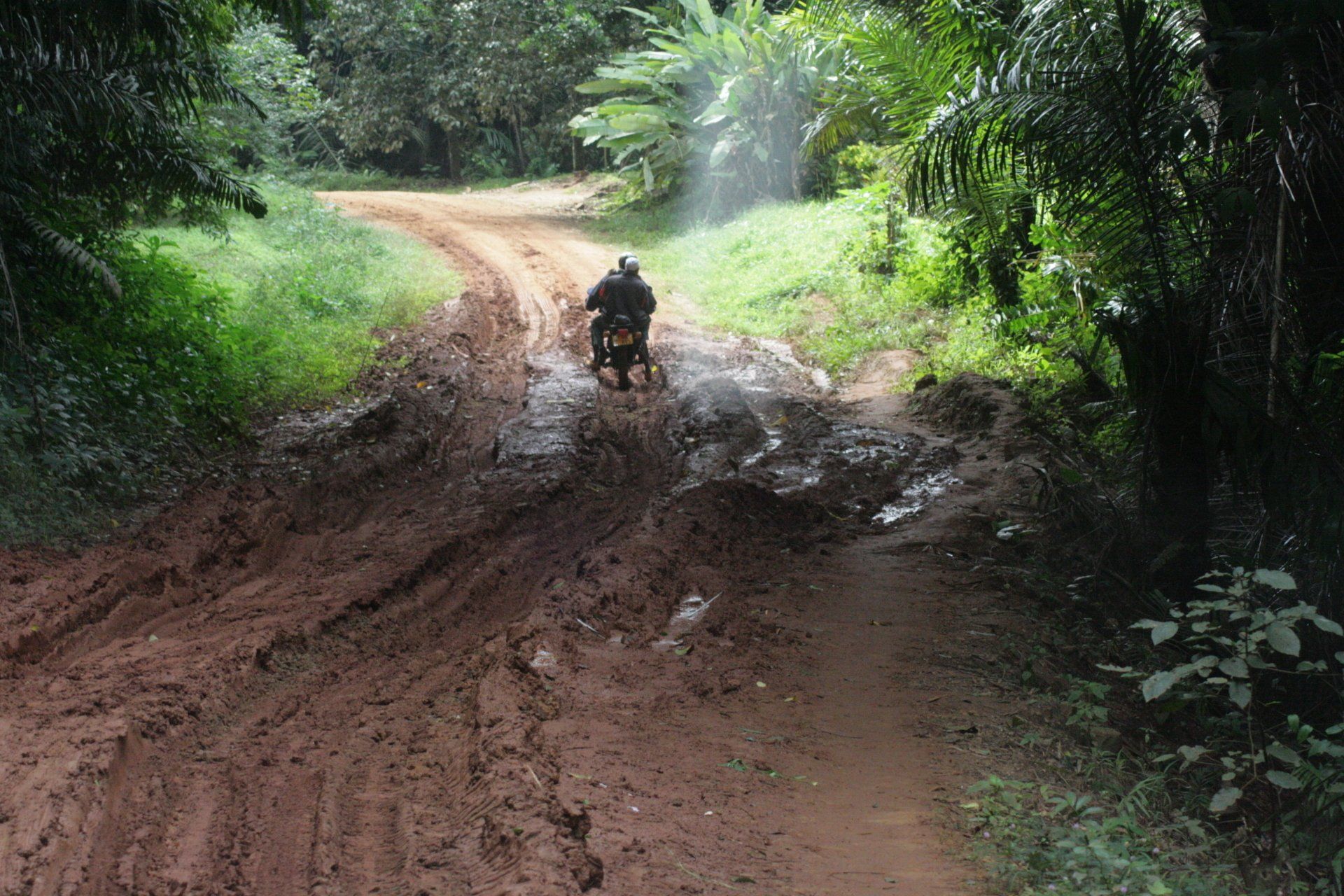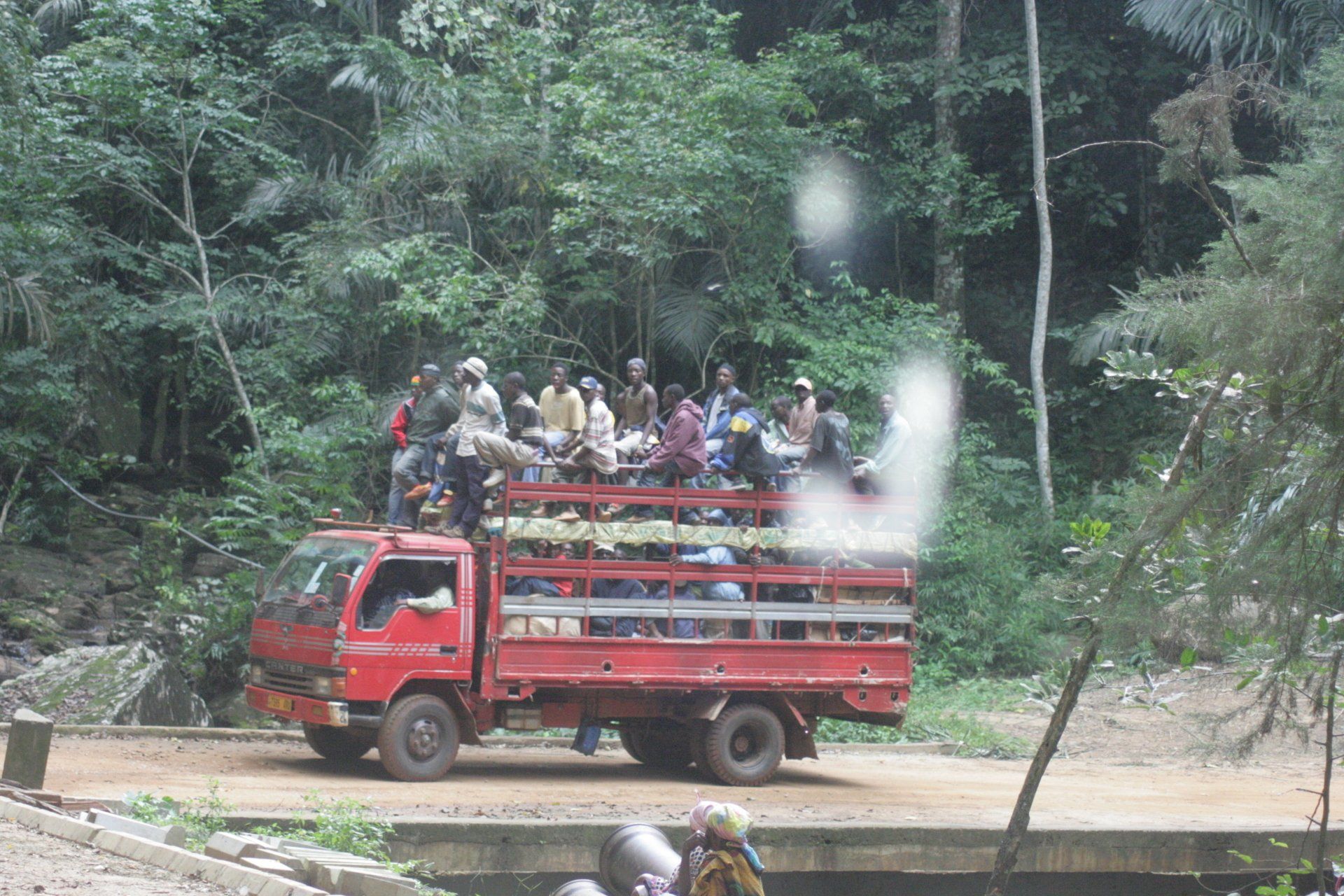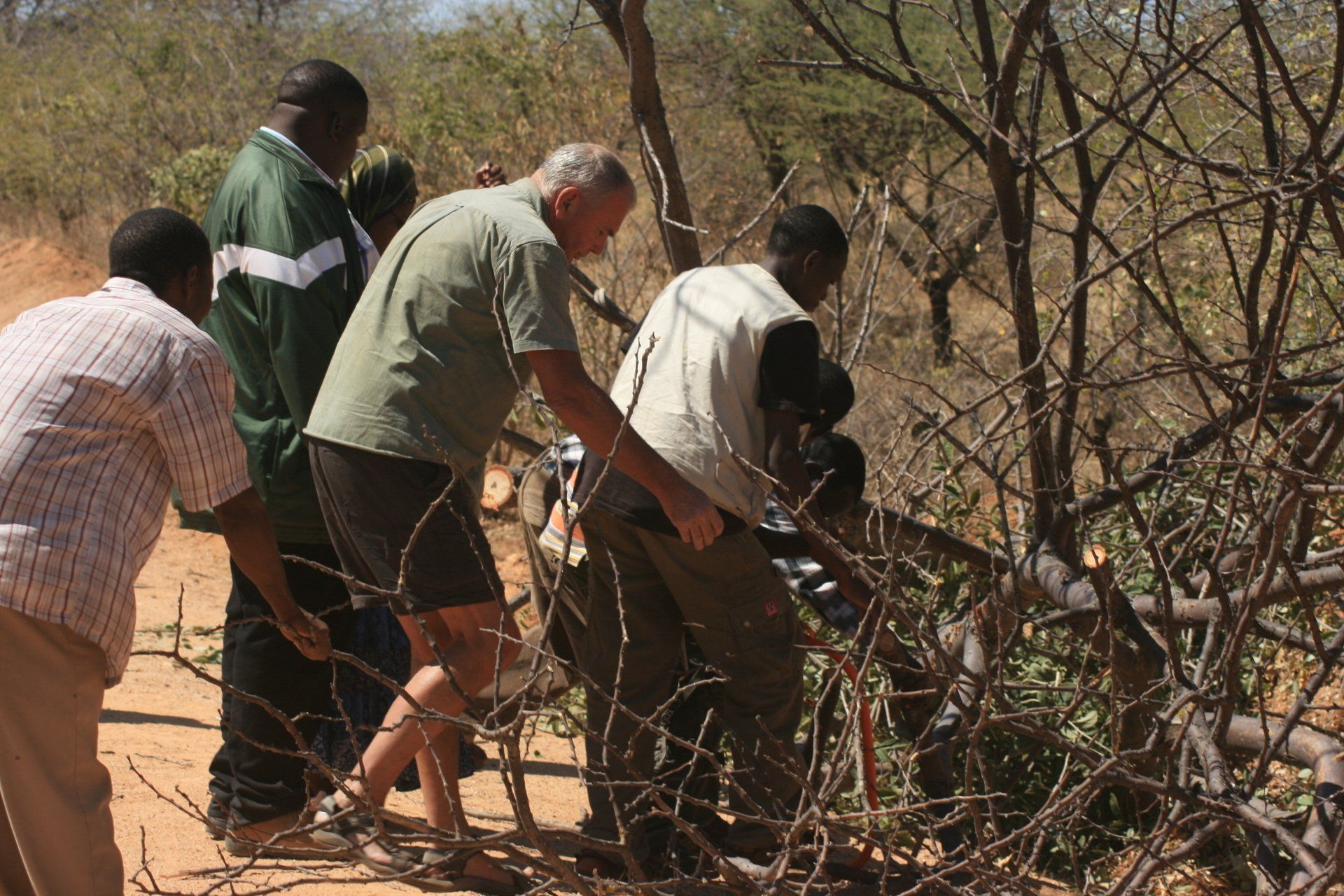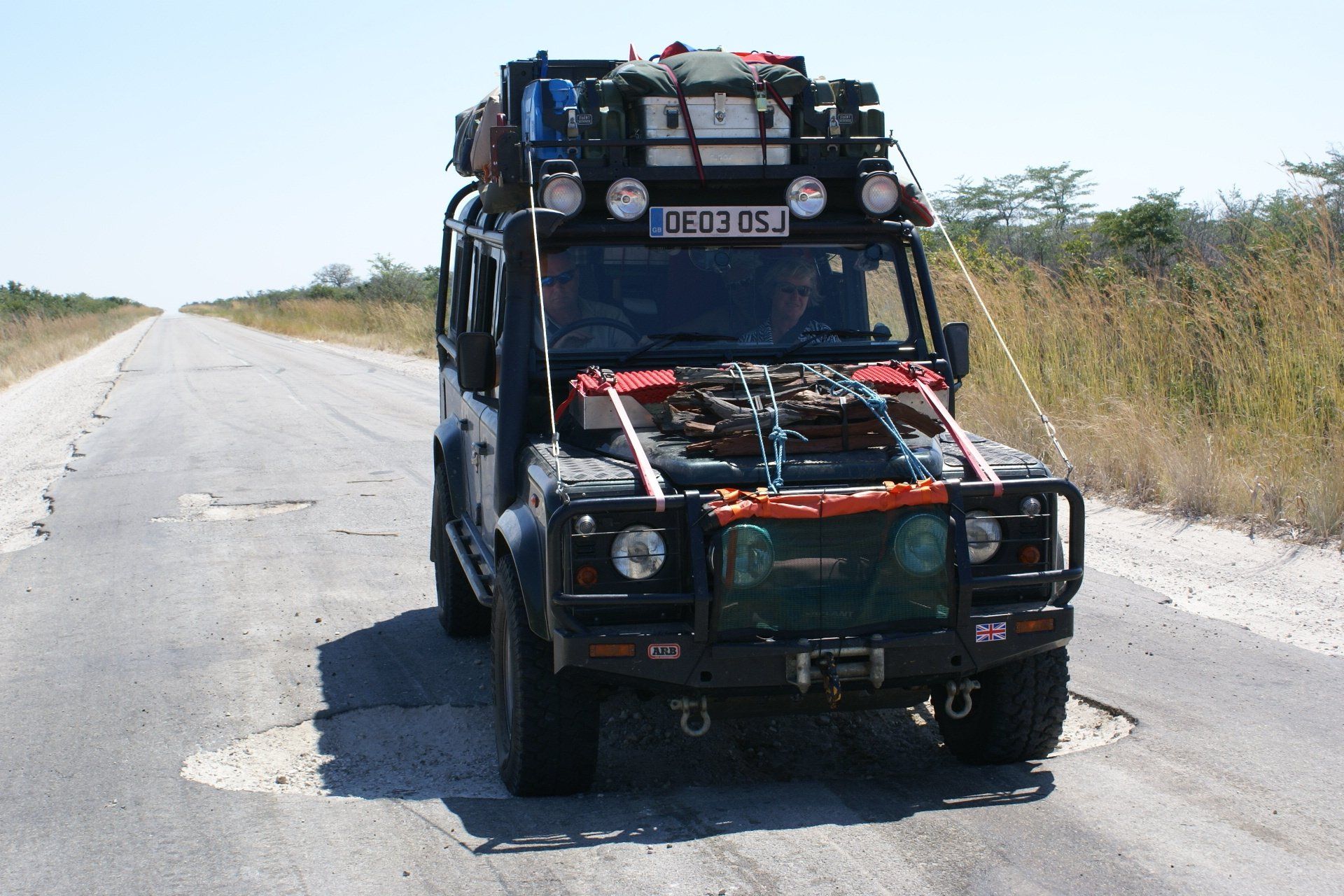Africa4x4
African Adventure - Our Trip
Driving
Slide title
Write your caption hereButtonSlide title
Write your caption hereButtonSlide title
Write your caption hereButton
Slide title
Write your caption hereButtonSlide title
Write your caption hereButtonSlide title
Write your caption hereButton
Slide title
Write your caption hereButton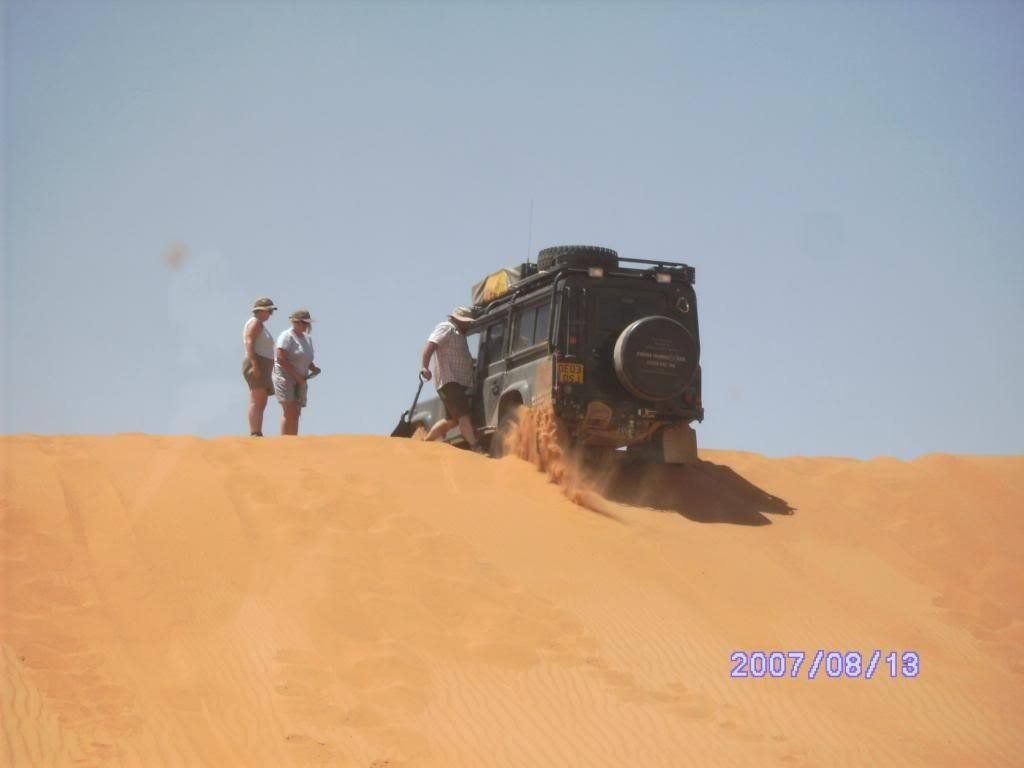
Slide title
Write your caption hereButtonSlide title
Write your caption hereButtonSlide title
Write your caption hereButtonSlide title
Write your caption hereButtonSlide title
Write your caption hereButtonSlide title
Write your caption hereButtonSlide title
Write your caption hereButtonSlide title
Write your caption hereButtonSlide title
Write your caption hereButtonSlide title
Write your caption hereButtonSlide title
Write your caption hereButtonSlide title
Write your caption hereButtonSlide title
Write your caption hereButtonSlide title
Write your caption hereButtonSlide title
Write your caption hereButtonSlide title
Write your caption hereButtonSlide title
Write your caption hereButtonSlide title
Write your caption hereButtonSlide title
Write your caption hereButtonSlide title
Write your caption hereButtonSlide title
Write your caption hereButtonSlide title
Write your caption hereButtonSlide title
Write your caption hereButtonSlide title
Write your caption hereButtonSlide title
Write your caption hereButtonSlide title
Write your caption hereButtonSlide title
Write your caption hereButtonSlide title
Write your caption hereButtonSlide title
Write your caption hereButtonSlide title
Write your caption hereButtonSlide title
Write your caption hereButtonSlide title
Write your caption hereButtonSlide title
Write your caption hereButtonSlide title
Write your caption hereButtonSlide title
Write your caption hereButtonSlide title
Write your caption hereButtonSlide title
Write your caption hereButtonSlide title
Write your caption hereButtonSlide title
Write your caption hereButtonSlide title
Write your caption hereButtonSlide title
Write your caption hereButtonSlide title
Write your caption hereButtonSlide title
Write your caption hereButtonSlide title
Write your caption hereButtonSlide title
Write your caption hereButton
DRIVING
Driving in southern Africa can be great fun but it is not without its challenges. I was rather fortunate in that I was a UK Police Class One Advanced car driver and motorcyclist so had a good grounding in various aspects of driving.
Defensive Driving
The unfortunate reality is that in one or two countries, particularly South Africa, the risk of hijacking is a real, albeit rare, possibility and one needs to be aware of this and drive accordingly. Be very aware of vehicles around you, especially those behind and suspect every one. If you come to a halt, leave sufficient room behind the car in front to drive around it. And work out an escape route, just in case.
With the Land Rover I knew I could push myself out of danger and have an escape route where others, hopefully, could not follow. Some vehicles have anti-hijacking devices such as engine cut-out down the road but apparently the hijackers are wise to many of the methods and will take a hostage to reactivate the vehicle. If you happen to get yourself in a situation of being held up at gun point, all I can recommend is that you hand over the car keys rather than risk your life.
It is a very good idea to keep all the doors locked when driving and to shut all windows when in town, as we found out to our cost in a busy Lusaka street when our phone was snatched whilst stationary, through a 4 inch gap at the top of the passenger's window. Be very wary of individuals trying to distract you.
This awareness should exist at all times when out and about in a crowd in much the same way as you should in the UK.
The risks must be put into perspective - during our trip we only had this one incidence of the phone snatch and only once in South Africa did I feel uncomfortable about a situation when we were followed by two cars, overtaken, only to pass them in a lay-by, then overtaken again: it came to nothing.
Night Driving
To be avoided if at all possible and do not attempt it unless you are a confident driver. In the dark driving takes on a whole new perspective with hidden dangers: vehicles with one head light; vehicles with no head lights; vehicles with no rear lights; unlit broken down lorries and cars; pedal cycles without lights; pedestrians in dark clothing; unseen potholes; wandering domestic animals; wandering wild animals; ill-defined road edges and junctions; reduced visibility due to dust; non-functioning and ignored traffic lights; … to name but a few!
We ended up driving at night a few times on major roads and in cities, both of which were an experience and challenging. On the open road good lights are a must and my additional driving lights helped enormously, but best of all where the two top spot lights that could come on with main beam. Apart from the additional brightness, they were excellent at picking up potholes as the elevation meant the light shone into the hole casting a shadow allowing identification much sooner than low lights.
Bright lights are fine until you have to dip them, then you are plunged into darkness and in all probability dazzled by poorly adjusted lights of the oncoming vehicle. The risk now is of hitting unlit and obscured cyclists, pedestrians, animals, broken down vehicles, etc. What I did was to swivel the two top front work lamps to shine onto the nearside verge. These could be illuminated as required and picked up dangers marginally quicker, giving a better chance of reacting sooner.
Off-roading
Always ‘thumbs out’, i.e. not hooked round the steering wheel because if and when you suddenly hit an obstruction your thumb will not become dislocated!
Away from the major roads many roads and tracks are gravel or sand. Gravel ones can be slippery with loose stones so a reasonably slow speed is best; about 80 kph (50 mph) is fine. Some tracks, thanks to passing traffic, have their surfaces compacted into ‘corrugations’ just like a corrugated roof sheet and these, depending upon the spacing of the corrugations, can vary from annoying to bone-shaking and have different optimum speeds.
Like a cattle grid, the faster you drive over it the smoother it becomes but there is a danger of going too fast and it should be borne in mind that even though the vehicle body is travelling smoothly, the wheels and suspension are not. Unfortunately, on some, the slower you go the worse the shaking effect.
On deep sand it is a question of balancing momentum with safety and basically letting the vehicle steer itself in the ruts with the driver loosely holding the steering wheel. It is easy to get the steering wheel 360 degrees out and end up with the front tyres at an angle ploughing through the sand: not good for fuel consumption. If in doubt just let go of the steering wheel – it will soon straighten up the wheels but be prepared!
Reducing the tyres significantly, down to 1 bar (14 psi) if need be, increases the tyre footprint by making the tread that is in contact with the surface a little wider but much longer and thus spreading the vehicle weight over a greater surface area, just like a snowshoe. Be aware of increased sidewall vulnerability and don’t spin the wheels or you will break the bead – difficult in a Land Rover though!
Some tracks and routes we experienced were serious off-roading ones, including deep water crossings and a fairly high degree of experience is essential if you are to stay out of trouble, especially if you are solo travelling in remote areas, as we were.
There are plenty of books on the subject - If not adept - get some training.
Game Viewing
In parks game viewing with no time constraints we tended to potter around in low box in second or third gear on tick-over. This way you stand a better chance of spotting things in and under bushes, for example, rather than rush and tear from one sighting to the next.
You need, however, to be aware of changing track conditions to avoid getting stuck in sand or mud, as well as having a healthy respect for the bigger animals and avoid getting trapped. We spent quite some time just sitting up alongside waterholes waiting for the wildlife to appear. That seemed to be quite productive.
www.africa4x4.org
